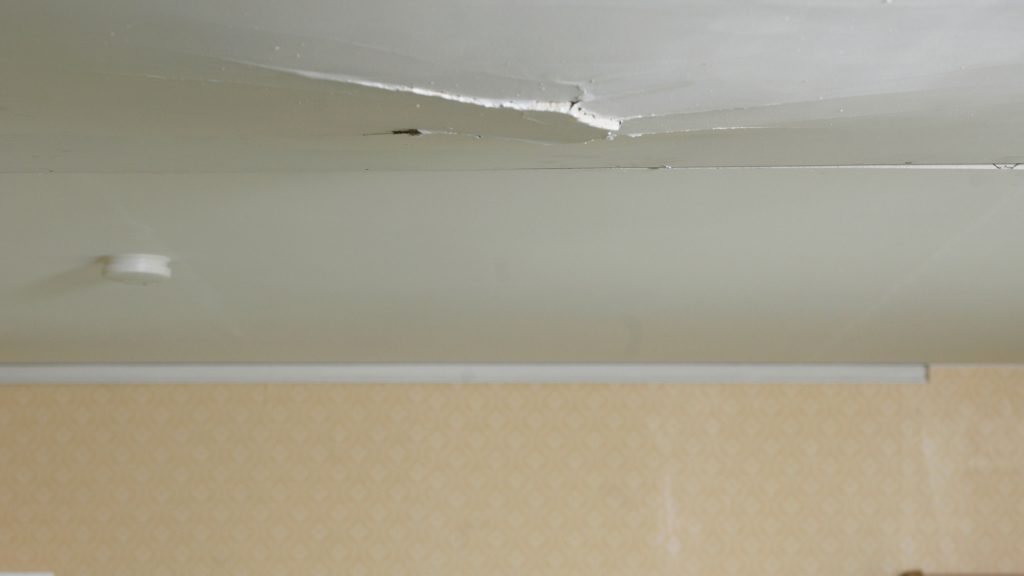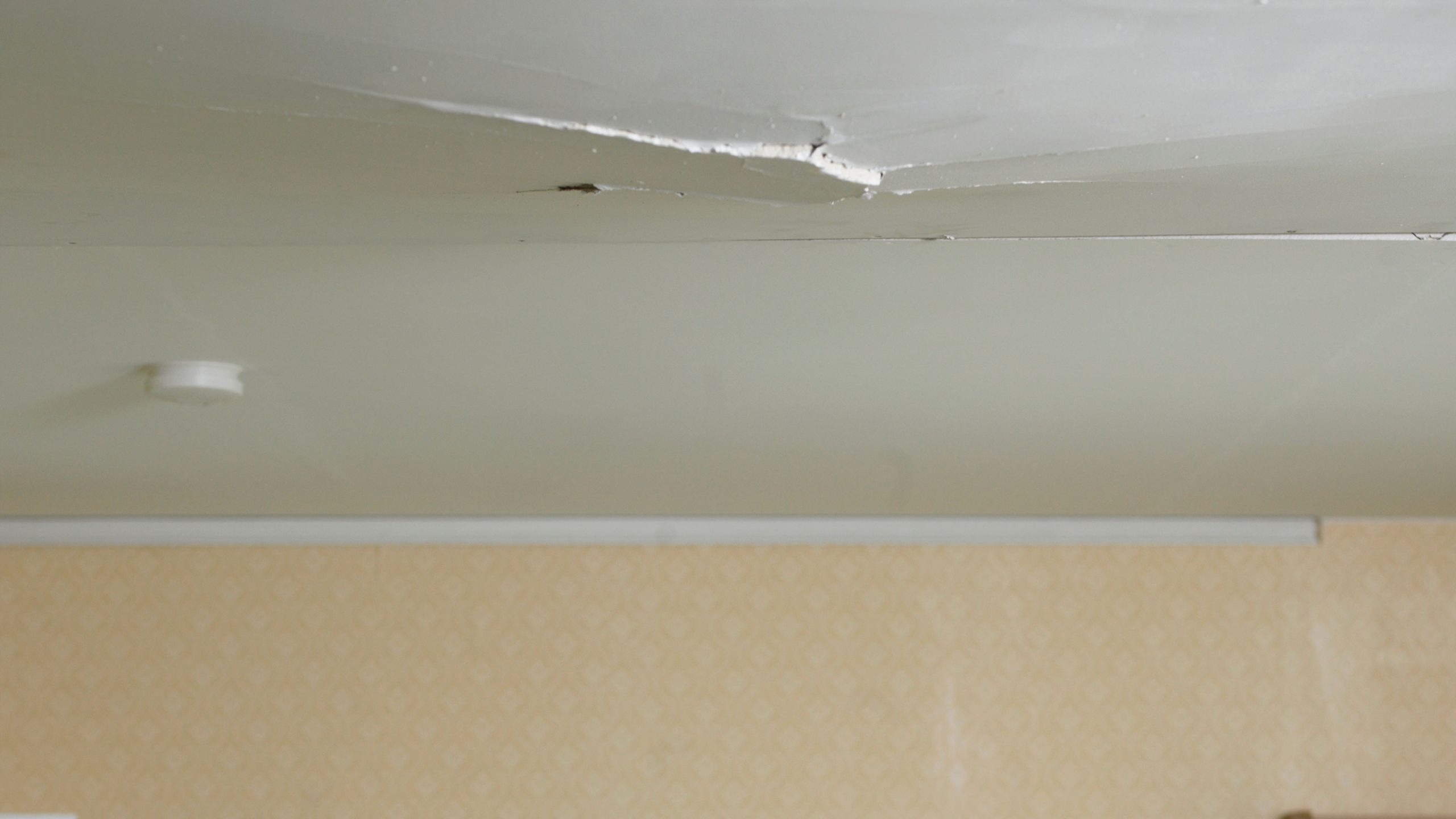Cracks in the ceiling can be a cause for concern, indicating underlying issues in your home’s structure. In this comprehensive guide, we will explore the factors contributing to “What Causes Cracks in Ceiling” and provide valuable insights on effective solutions for homeowners.

Unraveling the Mystery: What Causes Cracks in Ceiling
Introduction
Cracks in the ceiling can appear for various reasons, ranging from natural settling to more serious structural issues. Understanding the root causes is essential for homeowners seeking to address these concerns effectively.
Common Causes of Cracks in Ceiling
- Natural Settling: Over time, homes undergo a process of settling as the ground underneath adjusts. This natural settling can lead to minor cracks in the ceiling, usually characterized by small, hairline fractures.
- Humidity and Temperature Fluctuations: Changes in humidity and temperature can cause materials in the home, such as drywall, to expand and contract. This continuous movement can result in cracks appearing on the ceiling.
- Structural Foundation Issues: More severe cracks may be indicative of underlying structural problems, particularly issues with the foundation. Foundation settling, shifting, or deterioration can lead to significant cracks that require professional attention.
- Water Damage: Water infiltration from leaks or inadequate roof drainage can weaken the ceiling’s structural integrity, leading to cracks. Identifying and repairing water damage promptly is crucial to prevent further issues.
- Poor Construction Practices: In some cases, cracks may be a consequence of poor construction practices. Insufficient support beams, improper installation of drywall, or the use of subpar materials can contribute to structural weaknesses.
Addressing Cracks in Ceiling: What You Can Do
1. Differentiating Between Types of Cracks
Understanding the type of cracks is essential for determining the appropriate course of action. Hairline cracks from settling may require minimal intervention, while wider cracks or those indicative of structural issues demand more thorough inspection.
2. Regular Maintenance and Inspections
Engage in routine home maintenance and inspections to identify and address potential issues early on. Checking for leaks, ensuring proper drainage, and inspecting the foundation can contribute to a proactive approach.
3. Monitoring Changes
Keep an eye on changes in the size or pattern of cracks. Rapid expansion or the development of new cracks may signify an evolving issue that requires immediate attention.
4. Professional Structural Assessment
For significant or persistent cracks, consulting with a structural engineer is advisable. A professional assessment can provide insights into the root causes and recommend appropriate solutions.
Preventive Measures: Protecting Your Home
1. Proper Ventilation
Maintaining proper ventilation in your home helps regulate humidity levels, reducing the likelihood of materials expanding and contracting, which can lead to cracks.
2. Addressing Water Issues Promptly
Promptly addressing any water-related issues, such as leaks or poor drainage, can prevent water damage and subsequent ceiling cracks.
3. Quality Construction Practices
When undertaking home improvement projects or construction, prioritize quality materials and proper construction practices to ensure the long-term integrity of your home.
Conclusion
In conclusion, understanding “What Causes Cracks in Ceiling” is crucial for homeowners looking to maintain the structural integrity of their homes. From natural settling to more complex issues like foundation problems, identifying the root cause is the first step toward effective resolution.
Regular maintenance, timely repairs, and professional assessments play key roles in preserving the stability of your home. By staying informed and proactive, homeowners can address cracks in the ceiling promptly and ensure the longevity of their living spaces. Remember, a well-maintained home is a secure and comfortable haven for you and your family.
